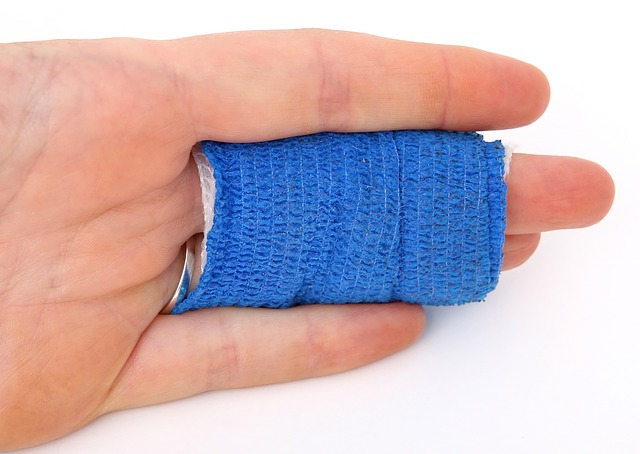What can kinesiology do for me?
Let me first tell you how to pronounce it – it’s: kin-easy-ology, although a few people pronounce it kine-easy-ology.
There are many different branches of kinesiology, but they all use the same basic tool – muscle testing. Muscle testing is a painless procedure involving the practitioner applying gentle pressure to specific parts of the body (often arms and legs) to test the response of the underlying muscle. The particular part of the body involved is placed in a specific position, in order, as far as possible, to isolate the muscle that is being tested. The muscle will either easily be able to resist the pressure from the practitioner or will give way, at least slightly. The kinesiologist uses this response to access information about what is happening and what is needed.
There is a field of science called kinesiology which is concerned with understanding the working of joints and muscles, but the type of kinesiology I’m talking about here is a therapeutic system that was developed by an American chiropractor, Dr George Goodheart.
Can kinesiology help me?
Well, the answer to this has to be probably yes. Kinesiology can help people with a wide variety of complaints, although some practitioners specialise in helping people with particular types of problems, e.g. structural problems or emotional problems or educational problems.
Kinesiology has been successful in helping people suffering from physical problems such as eczema, psoriasis, acne, dermatitis, asthma, sinusitis, hay fever, allergies, stress, tinnitus, vertigo, oste- and rheumatoid-arthritis, headaches and migraines, back ache and old painful injuries, periodontal disease, IBS, hyperactivity, ME, tiredness, epilepsy, PMS and problems associated with the menopause, etc. It also helps people in psychological ways by increasing self confidence and motivation, reducing anxiety, fears and obsessive behaviour and lightening depression. It can also help people function better intellectually, reduce clumsiness, improve memory and help dyslexia.
Kinesiology has been used to help people find their path in life, to establish new and more relevant goals and to improve their potential in sport, the arts and education. It can also be used with athletes and performers to help them compete or perform more easily and with less stress. You can even use it with babies, the severely disabled and animals by using someone else’s muscles to perform the testing.
What Happens In A Typical Kinesiology Session?
To an uninformed onlooker what happens in a kinesiology session seems beyond belief. Even after all these years of seeing thousands of people I still feel like that sometimes! When they come back for their second appointment, some clients tell me that they left the first session feeling that they had totally wasted their money, but that the improvement in their health and sense of well being speaks for itself.
The first thing the practitioner does is take a case history, then he or she will teach you how to position the particular muscle or muscles they want to test. They’ll also teach you how much effort you need to put into resisting the pressure they apply with their hand to the same muscle. They may rub, tap or hold points on the body, use homeopathic remedies or flower remedies, use magnets or tuning forks or colour or sound. You may have to put your body into a particular position or think about something stressful. As you can see a session with a kinesiologist can be a fascinating experience! They may advise you on affirmations or supplements. The possibilities are endless. The exact treatment is determined by the muscle testing. No two treatments are alike even for people with identical problems.
Some branches of kinesiology, such as health kinesiology, make extensive use of verbal muscle testing. The response of a correctly positioned muscle to light pressure can be either to lock or unlock. The kinesiologist uses this to ask verbal questions: the locked response of the muscle indicates yes and the unlocked or spongy response indicates no. The practitioner will then use systematic questioning with the muscle testing to establish what technique or techniques are needed from the many possible procedures that the practitioner has available. The practitioner can also use verbal questioning in conjunction with muscle testing to establish an exercise or a diet and supplement programme for the client. Because of the ability to access information through muscle testing, this programme will be tailored specifically for the individual concerned.
Some kinesiologists do not use verbal questioning at all, or only in a limited way. Instead they rely on accessing information by testing a muscle whilst touching specific points on the body or using a finger mode. Finger modes are specific combinations of finger positions, which relate to specific body systems, correction procedures, and so on.
Kinesiology techniques have also been incorporated into other therapies, so, for example, homeopaths, Bowen practitioners, chiropractors and aromatherapists may use muscle testing to confirm their judgment about the correct course of action.
How Often Is Kinesiology Needed?
This varies depending on how the practitioner works. Many kinesiologists will use the muscle testing to establish when the client should return, sometimes this can be a week later, or treatment may even be several months apart. The number of sessions varies too. I think you can always improve yourself using this wonderful system, because none of us is living fully at our potential – kinesiology can help you to do this. Often clients come for a specific problem and then don’t return till they have another problem, although I feel that regular maintenance visits can contribute significantly to their long-term well-being.


